
Recommendation
In reporter Steve LeVine’s account of the nascent electric-vehicle industry, the perfect battery is as sought after as the pot of gold at the end of the rainbow. The invention of a car battery that provides close to gasoline’s energy performance could spark an economic boom. With such a battery, electric vehicles could – by 2030 – grow into an industry worth hundreds of billions of dollars annually. Scientists, governments and entrepreneurs worldwide are feverishly mixing new alloys, distributing grants and raising venture capital in a race to be the first with a viable battery that can dominate the electric-car market. LeVine follows the day-to-day struggles of researchers at America’s Argonne National Laboratory as they contend with the market, political pressures, espionage and the laws of physics. In economical prose, LeVine offers a fast-paced story with echoes of a political thriller – despite its dizzying hops across continents and an ambiguous chronology. getAbstract recommends this well-researched analysis to marketers, public officials, energy industry insiders and entrepreneurs navigating developing technology.
Summary
About the Author
Steve LeVine covers energy and technology issues for Quartz. He is a Future Tense fellow at the New American Federation and teaches at Georgetown University’s School of Foreign Service.










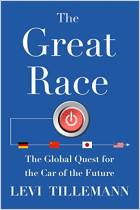
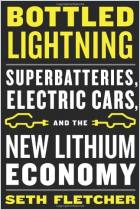
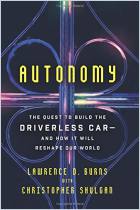
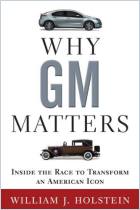
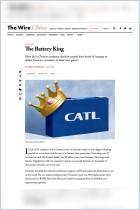

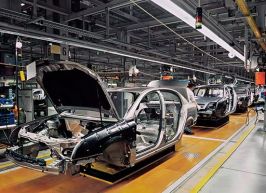



Comment on this summary or Diskussion beginnen